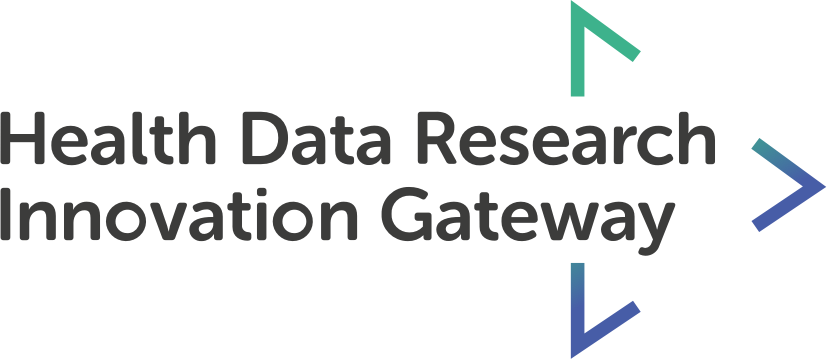Escherichia coli and Klebsiella spp. are important human pathogens that cause a wide spectrum of clinical disease. In healthcare settings, sinks and other wastewater sites have been shown to be reservoirs of antimicrobial-resistant E. coli and Klebsiella spp., particularly in the context of outbreaks of resistant strains amongst patients. Without focusing exclusively on resistance markers or a clinical outbreak, we demonstrate that many hospital sink drains are abundantly and persistently colonized with diverse populations of E. coli, Klebsiella pneumoniae and Klebsiella oxytoca, including both antimicrobial-resistant and susceptible strains. Using whole-genome sequencing of 439 isolates, we show that environmental bacterial populations are largely structured by ward and sink, with only a handful of lineages, such as E. coli ST635, being widely distributed, suggesting different prevailing ecologies, which may vary as a result of different inputs and selection pressures. Whole-genome sequencing of 46 contemporaneous patient isolates identified one (2 %; 95 % CI 0.05–11 %) E. coli urine infection-associated isolate with high similarity to a prior sink isolate, suggesting that sinks may contribute to up to 10 % of infections caused by these organisms in patients on the ward over the same timeframe. Using metagenomics from 20 sink-timepoints, we show that sinks also harbour many clinically relevant antimicrobial resistance genes including blaCTX-M, blaSHV and mcr, and may act as niches for the exchange and amplification of these genes. Our study reinforces the potential role of sinks in contributing to Enterobacterales infection and antimicrobial resistance in hospital patients, something that could be amenable to intervention. This article contains data hosted by Microreact.
**Authors: **Constantinides B, Chau K, Quan T, Rodger G, Andersson M, Jeffery K, Lipworth S, Gweon H, Peniket A, Pike G, Millo J, Byukusenge M, Holdaway M, Gibbons C, Mathers A, Crook D, Peto T, Walker A, Stoesser N.
**Author Affiliations: **3
NIHR Biomedical Research Centre , Oxford ,; 3
NIHR Biomedical Research Centre , Oxford ,; 3
NIHR Biomedical Research Centre , Oxford ,; 3
NIHR Biomedical Research Centre , Oxford ,; 4
Department of Infectious diseases/Microbiology , Oxford University Hospitals NHS Foundation Trust , Oxford ,; 4
Department of Infectious diseases/Microbiology , Oxford University Hospitals NHS Foundation Trust , Oxford ,; 1
Nuffield Department of Medicine , University of Oxford , Oxford ,; 5
Harborne Building , School of Biological Sciences, University of Reading , Reading ,; 6
Department of Haematology , Oxford University Hospitals NHS Foundation Trust , Oxford ,; 7
Department of Medicine , Oxford University Hospitals NHS Foundation Trust , Oxford ,; 8
Adult Intensive Care Unit , Oxford University Hospitals NHS Foundation Trust , Oxford ,; 9
Clinical Microbiology, Department of Pathology , University of Virginia Health System , Charlottesville, Virginia ,; 8
Adult Intensive Care Unit , Oxford University Hospitals NHS Foundation Trust , Oxford ,; 7
Department of Medicine , Oxford University Hospitals NHS Foundation Trust , Oxford ,; 10
Division of Infectious Diseases and International Health, Department of Medicine , University of Virginia Health System , Charlottesville, Virginia ,; 4
Department of Infectious diseases/Microbiology , Oxford University Hospitals NHS Foundation Trust , Oxford ,; 4
Department of Infectious diseases/Microbiology , Oxford University Hospitals NHS Foundation Trust , Oxford ,; 3
NIHR Biomedical Research Centre , Oxford ,; 4
Department of Infectious diseases/Microbiology , Oxford University Hospitals NHS Foundation Trust , Oxford ,
Original content: https://web.www.healthdatagateway.org/paper/7478627
